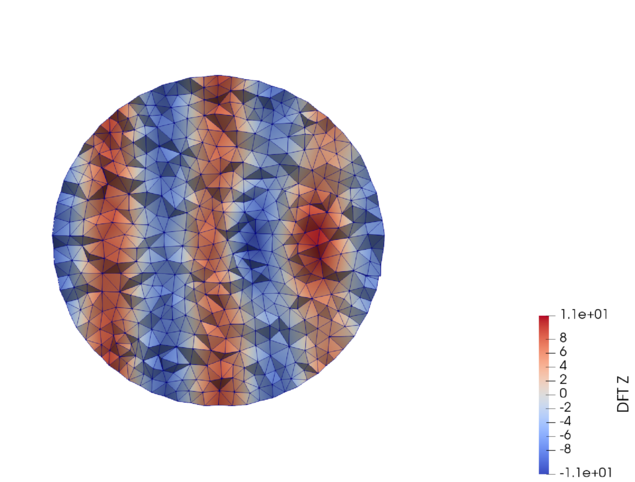Hybridizable Discontinuous Galerkin Methods for Computational Electromagnetics
The goal of the research is the development of computationally effective methods for the simulation of electromagnetic wave propagation in underground strata-formation. Our project is part of a multinational research project for the development of a signal transmission apparatus. The objective is to determine whether electromagnetic signals can be sent through the underground formations at a drilling site. The simulator dicretizes in time and space the Maxwell equations, the partial differential equations that describe electromagnetic phenomena. The domain is discretized using the finite element method. The discretization of such equations results in large systems of linear equations. These systems (Figure 7) can afterwards be solved on high-performance computing systems to obtain a solution that indicates if the transmission is possible and what noise to expect from the propagation of the field in such heterogeneous domains. The mathematical formulation of the method has been appositely formulated and the simulation software has been developed as a branch of the research code BACI in colaboration with the Institute for Computational Mechanics. As first validation scenarios, microwave resonant cavities and wave scattering (Figure 8) have been simulated and the result compared to results in existing literature.

